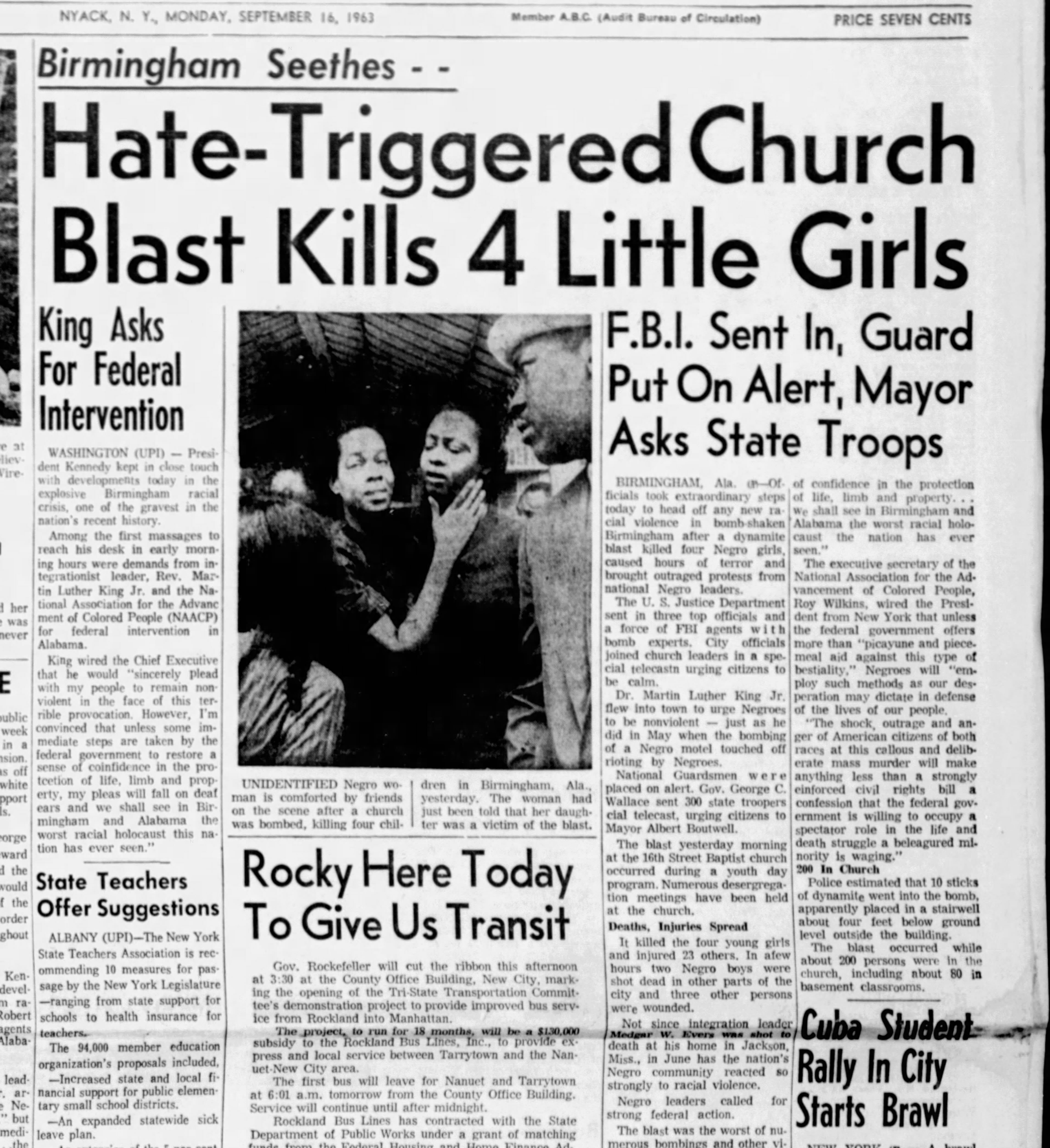An Unbiased View of News Articles
An Unbiased View of News Articles
Blog Article
The Ultimate Guide To News Articles
Table of ContentsThe Buzz on News ArticlesGetting My News Articles To Work4 Easy Facts About News Articles DescribedThe Ultimate Guide To News ArticlesNot known Incorrect Statements About News Articles
Great expertise of various topics provides students a competitive edge over their peers. Even though digital and social media are easily accessible, we ought to not fail to remember how important it is to review the papers. Parents have to try and inculcate the habit of checking out a paper as a daily routine to continue the heritage of the adored print medium.News stories also include at least one of the following crucial features family member to the intended audience: proximity, importance, timeliness, human passion, peculiarity, or repercussion.
Within these restrictions, information tales likewise aim to be comprehensive. Among the bigger and a lot more recognized newspapers, justness and equilibrium is a significant aspect in offering information.
Newspapers with a global audience, for instance, have a tendency to use a more official style of writing. The details choices made by an information electrical outlet's editor or editorial board are frequently gathered in a style overview; common design guides consist of the and the US News Style Book. The primary objectives of information writing can be summed up by the ABCs of journalism: precision, brevity, and quality.
News Articles Fundamentals Explained
Generally, journalists will not use a lengthy word when a brief one will certainly do. They make use of subject-verb-object building and construction and brilliant, energetic prose (see Grammar). They provide stories, examples and metaphors, and they hardly ever depend on generalizations or abstract concepts. Information writers attempt to prevent making use of the exact same word greater than as soon as in a paragraph (occasionally called an "resemble" or "word mirror").
Headings often omit the subject (e.g., "Jumps From Watercraft, Catches in Wheel") or verb (e.g., "Pet cat lady lucky"). A subhead (also subhed, sub-headline, subheading, subtitle, deck or dek) can be either a subservient title under the major headline, or the heading of a subsection of the article. It is a heading that comes before the major text, or a group of paragraphs of the primary message.

Extra signboards of any of these kinds might show up later in the write-up (specifically on succeeding pages) to lure further reading. Such billboards are likewise utilized as pointers to the short article in other sections of the publication or website, or as ads for the piece in other magazine or sites. Common structure with title, lead paragraph (recap in bold), various other paragraphs (information) and get in touch with info.

Example of a hard-lead paragraph NASA is recommending one more visit their website room job. The budget plan requests approximately $10 billion for the project.
An "off-lead" is the second most vital front page information of the day. To "hide the lead" is to begin the short article with history information or information of second relevance to the readers, requiring them to check out even more deeply into a short article than they should have to in order to uncover the essential factors.
Indicators on News Articles You Should Know
Typical usage is that a person or more sentences each develop their own paragraph. Journalists usually explain the organization or structure of a newspaper article as an inverted pyramid. The essential and most interesting elements of a story are placed at the beginning, with supporting details following in order of reducing value.
It allows people to discover a subject to only the depth that their inquisitiveness takes them, and without the imposition of Recommended Site information or nuances that they could take into consideration unimportant, yet still making that information available to much more interested visitors. The upside down pyramid structure additionally allows short articles to be cut to any arbitrary length throughout format, to fit in the space offered.
Some writers start their tales with the "1-2-3 lead", yet there are numerous kinds of lead readily available. A twist can refer to several points: The last story in the information broadcast; a "pleased" story to finish the show.
Longer short articles, such as publication cover short articles and the pieces that lead the inside areas of a newspaper, are called. Feature stories vary from straight news in several ways. Foremost is the lack of a straight-news lead, a lot of the time. Rather of using the significance of a tale up front, feature writers may attempt to entice viewers in.
Little Known Facts About News Articles.
An attribute's first paragraphs typically associate an interesting moment or occasion, as in an "anecdotal lead". From the particulars of a person or episode, its sight swiftly broadens to abstract principles about the tale's subject.

The Editor's Tool kit: A Reference Guide for Beginners and Professionals (2001) Allan M. Siegal and William G. Connolly. The New York City Times Manual of Style basics and Use: The Authorities Style Overview Used by the Writers and Editors of the Globe's A lot of Authoritative Paper (2002) M. L. Stein, Susan Paterno, and R.
Report this page